
PAS-nomacopan is a long-acting bispecific inhibitor of C5 and leukotriene B4 for intravitreal treatment of geographic atrophy (GA).

PAS-nomacopan is a long-acting bispecific inhibitor of C5 and leukotriene B4 for intravitreal treatment of geographic atrophy (GA).

Going forward, the company will operate under the Ocuvex name, building on Visiox's commitment to disrupting the ophthalmic market through high-level collaboration with eye care professionals.
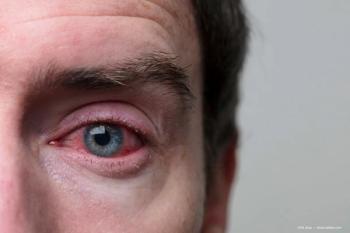
The team conducted a cross-sectional study from December 2016 to March 2024 in patients with acute infectious conjunctivitis


During a recent Ophthalmology Times Case-Based Roundtable discussion, Albert S. Khouri, MD, shared his pearls in proactive glaucoma management.

With many benefits, AI technology does have the potential to change the way practices work in the coming years, but it may require additional advancements in terms of relieving physician burnout and driving organization.

The growing body of evidence that suggests that maintaining adequate levels of vitamin D may be beneficial for preventing and managing RVO.

In a study, Australian ophthalmology and optometry researcher and Beatles fan Professor Stephen Vincent has analyzed John Lennon’s little-known, hit-and-miss use of contact lenses in the 1960s and found the Rock and Roll Hall of Famer was probably right when he theorized that his cannabis use helped them stay in place.

EC-104 is a novel intravitreal (IVT) corticosteroid implant with intended 6 months durable drug release for the treatment of DME.
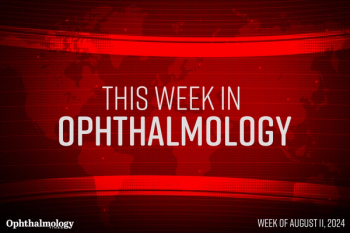
This Week in Ophthalmology is a video series highlighting some of the top articles featured on the Ophthalmology Times website.

Stephen R. Russell, MD, discussed the 9-year data he presented at the American Society of Retina Specialists annual meeting for voretigene neparvovec-rzyl.
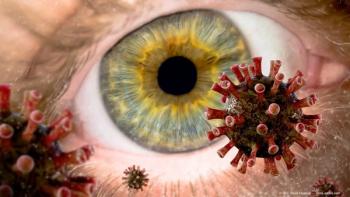

Eastern Kentucky University student Madison Carlisle experienced rapid vision loss until the team at UK HealthCare was able to unravel the source of her issues.

Sadda is the second person to serve as chair. The first chairholder was John Irvine, MD, who was appointed to the role in 2001.

Technologies continue to push retina surgical suites into the future
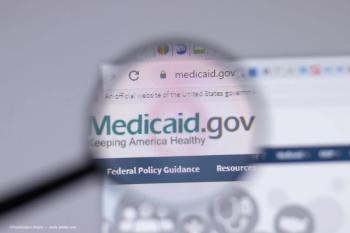
The NIH-funded study finds lack of coverage, copays, restrictive policies barriers to vital eye care for adults.

According to the company, the priority review voucher would be issued upon approval of ATSN-201, a gene therapy product candidate.

US District Court Judge Anne Nardacci, presiding in the Northern District of New York, ruled David Kwiat, MD, and Kwiat Eye and Laser Surgery PLLC illegally retaliated against the employee based on protected activity.

Physicians share comprehensive approaches during roundtable discussion.

The Australian Society of Ophthalmologists hosted its inaugural Eye Surgery Showcase, where participants learned how ophthalmologists and the medical technology industry are working together to save the sight of Australians.

A team of researchers from Portugal and Belgium presented a paper highlighting the case of a patient with conjunctival CAM and offered an overview of the differential diagnosis and management of pigmented lesions of the conjunctiva.

Researchers noted that patients with sickle cell disease had an increased risk of developing any retinal vascular occlusion.

Current Fuchs endothelial corneal dystrophy treatments include implanted cultured human endothelial cells.

The authors explained that estimating the number of such visits in the US may help guide research and clinical efforts to optimize outcomes.

The FDA has a 60-day filing review period to determine whether the NDA submission is complete and acceptable for review.
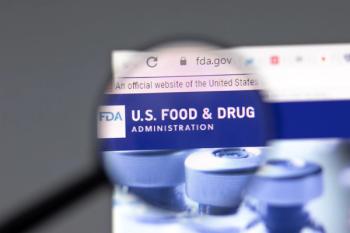
According to the company, the FDA approval strengthens its biosimilar position in the US market.

Researchers conducted a retrospective cohort study that included adult patients 18 years and older who underwent primary repair of uncomplicated rhegmatogenous retinal detachment at the Wilmer Eye Institute from January 2008 to December 2018.
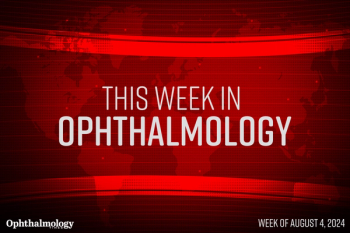
This Week in Ophthalmology is a video series highlighting some of the top articles featured on the Ophthalmology Times website.

Researchers from the Shanghai Jiao Tong University School of Medicine developed a deep learning–based model for early identification of myopia, strabismus, and ptosis using 1419 facial photographs from 476 individuals.